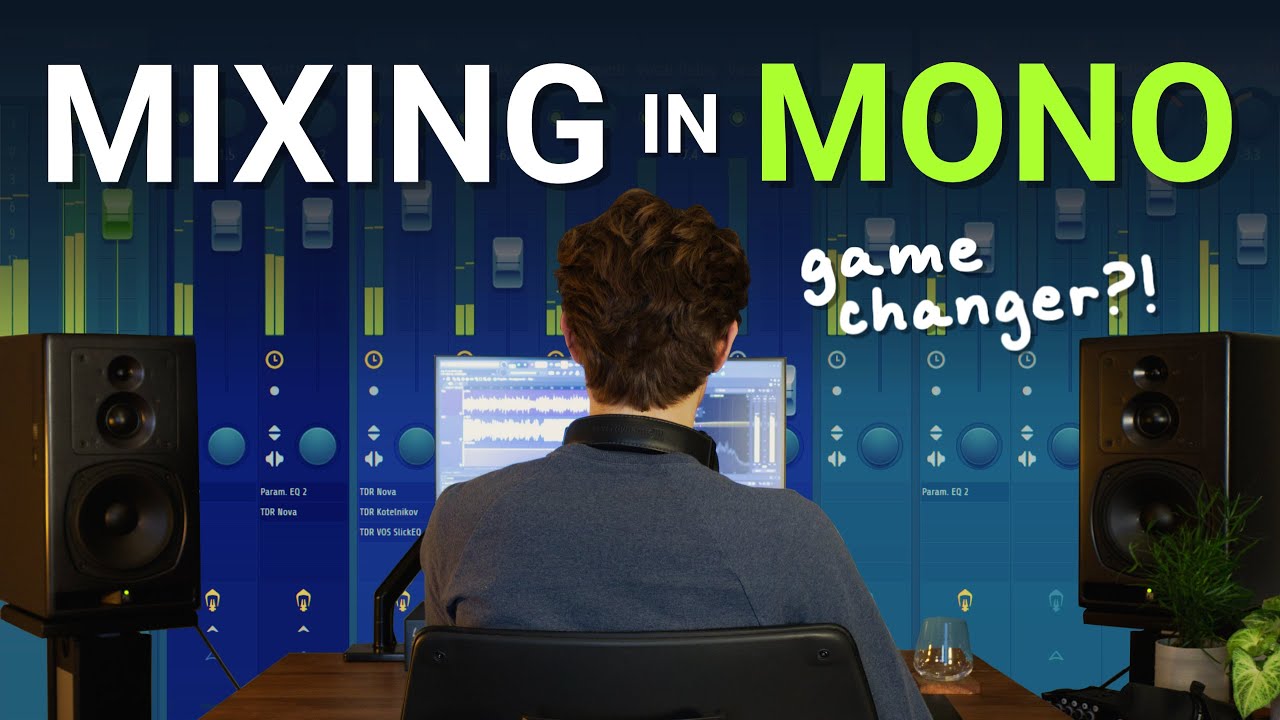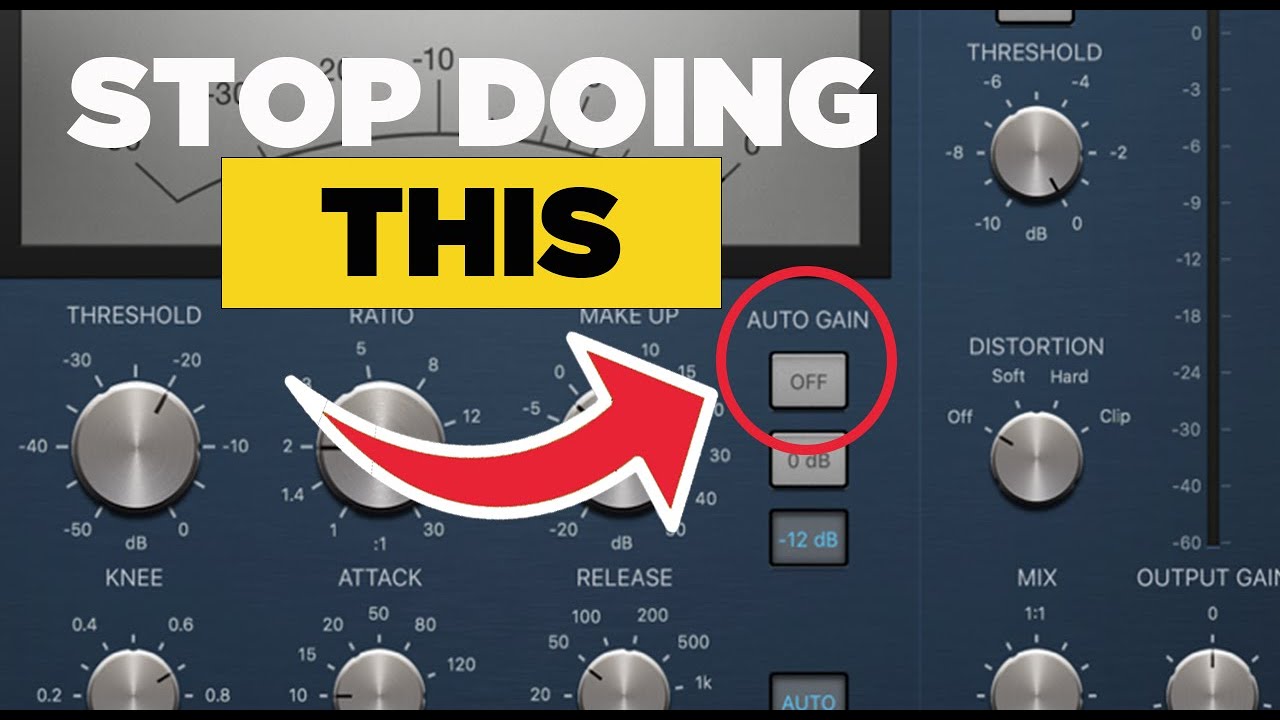I totally agree. Mixing in mono has the advantage that the mix translates really well. A good mono mix is most likely a good mix on any system.
And this is the down side of mono mixing. Some spatial effects are just unavailable.
In terms of binaural plugins, the best usability IMO GUI wise is the DearVR Pro. (I’ll link all the plugins tomorrow, it’s super late and I gotta gets some sleep before tomorrow) DearVR also has a free “micro” version, I think it’s the old Sennheiser Ambeo repackaged.
Then there’s the VR thing, made for rift or something. Can’t remember the name right now.
And one really interesting is Anaglyph. Can be a real CPU hog, but has some very convincing results. If anyone here knows MATLAB, there’s a collection of thousands of HRTFs available for Anaglyph, for free if I’ve understood correctly. I don’t have enough knowhow to convert them to a file the plugin loads, but I really think it’s possible
There’s some other one’s too, Panagement, haven’t really tried that one … Can’t remember any other right now.
You got a point here. I have been sacrificing my mono mix, for the sake of my stereo mix. Damn, this discussion is fire. ![]() Maybe I’ll try to mix exclusively on mono for a while, and just check on stereo. Switch it up, maybe I’ll learn something new and get my mixing forward.
Maybe I’ll try to mix exclusively on mono for a while, and just check on stereo. Switch it up, maybe I’ll learn something new and get my mixing forward. ![]()
I’ll honestly feel like my latest mix was way too sharp and piercing on the top end. I mixed it with a way too hyped house curve. Had a bit of an honeymoon with room EQ stuff. 6dB shelf on the low end feels really nice with a sub, but fucks up your mix really easily. But I just feel a straight frequency response sounds so damn boring. Maybe I’ll try something milder, 2 or 3 dB.
I’ve been meaning to get into bark scales. Read about it, but didn’t apply in practice. I’ve been thinkg that it might be possible to build an EQ that is tuned to the bark scale. One bell for each band, couple of EQ10s in serial. Maybe some utilities, save as FXchain. The Eventide mastering EQ and transient designer work with the bark scale if I remember correctly.
This is one damn golden nugget you dropped on me! ![]()
![]() I’ve never done that!
I’ve never done that! ![]() I gotta try it!
I gotta try it!
Damn I love these forums, I’ve learned so much from here.


